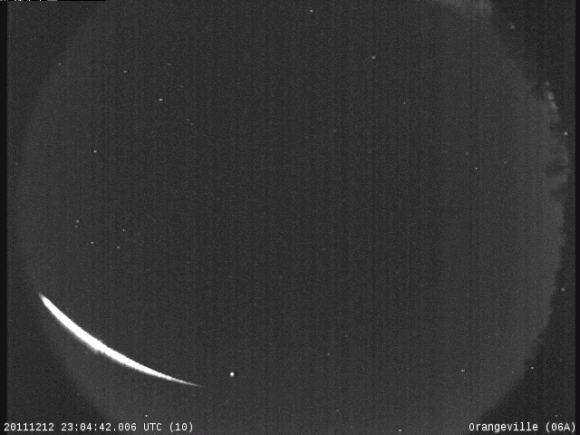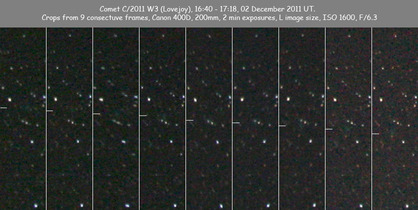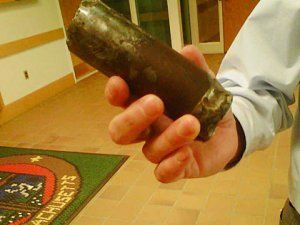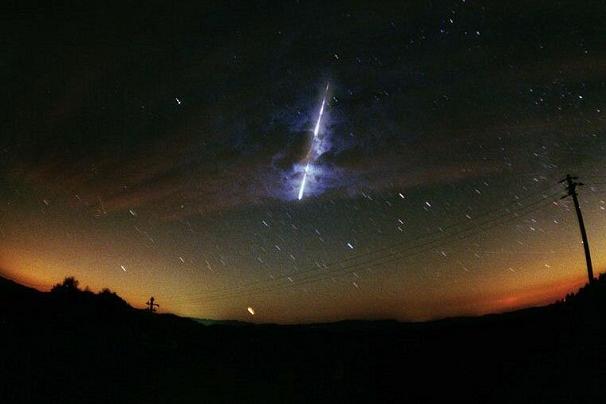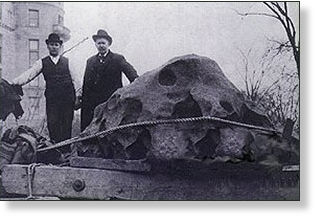
© unknownA Rock from the sky...
"The Lord cast down great stones from heaven upon them"
Joshua 10:11
Rocks that fell from the sky were often venerated in ancient times and even became objects of worship. Visitors to the temple of Apollo at Delphi, for example, reported that a stone, reputed to have fallen from the sky, was on display there and each day was anointed by the resident priests.
So the ancient Greeks knew that stones could, and did, fall from the sky. They used observation, common sense and the genuine power of reason to establish this. Rocks and stones that fell to the ground were not really falling stars they reasoned, because the celestial population of stars remained the same.
Aristotle, however, the great Greek philosopher, was one who at first wholeheartedly debunked this concept. He thought that rocks could not fall from the sky because the heavens were perfect and could not possibly have loose pieces floating around to fall to Earth. Aristotle was forced to change his position somewhat after a meteorite fell at Thrace near Aegospotami. He reasoned that strong winds had lifted an earth rock into the sky, then dropped it. Other learned men of the time favoured an alternate theory. They held that meteorites somehow formed in the sky during violent thunderstorms, suggesting that particles inside the clouds consolidated because of the heat during a lighting flash. For this reason the rocks were sometimes referred to as thunderstones.
Despite the varying views, a consensus was somehow arrived at. Being a temporary phenomenon, it was agreed, shooting stars had to be something within the atmosphere. These objects were therefore named Meteors meaning 'things in the air'.
